What is Linseed Oil? Learn About Uses in Oil Painting

Overview Handmade item Materials Oil Paint, Linseed Oil, Canvas This original oil painting is
What is linseed oil used for? In simple terms, linseed oil can be used to change how paint behaves. Depending on the type of linseed oil used, it will either speed up or slow down drying time, changing the pigment and reducing the visibility of brush strokes.
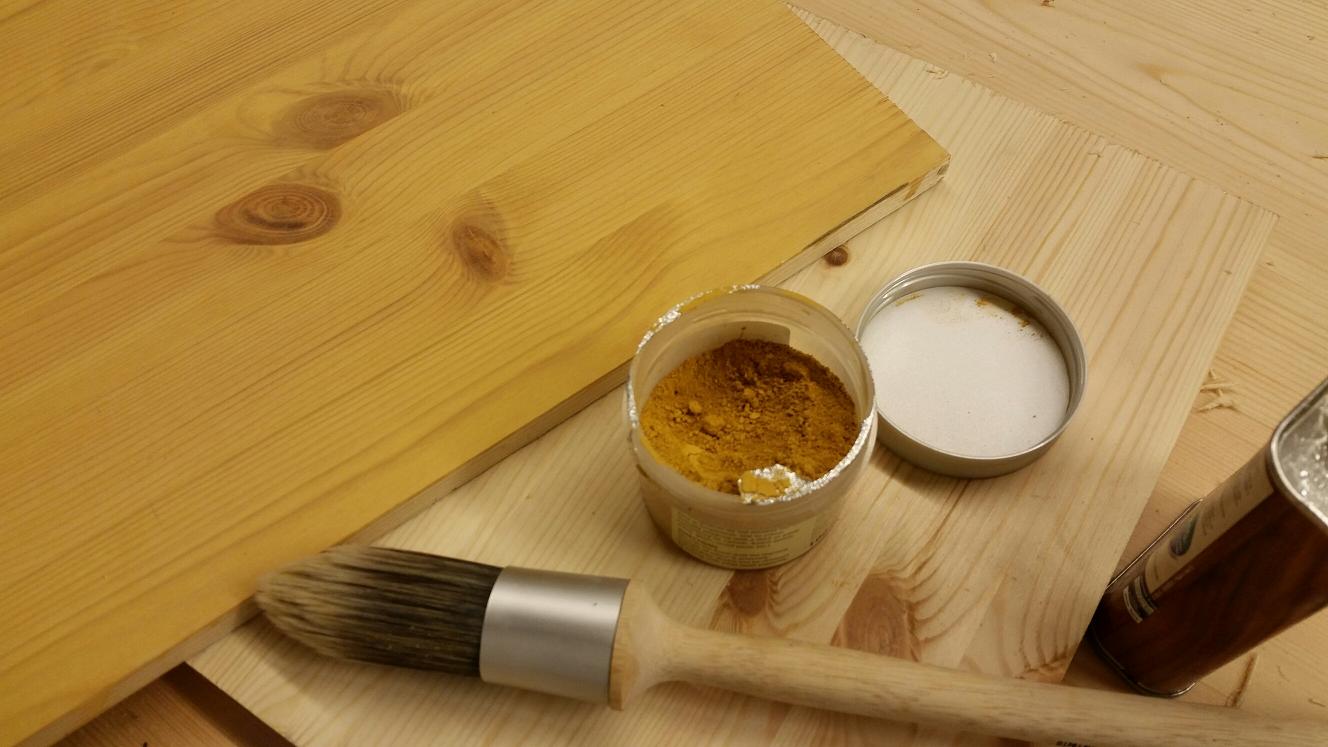
Making Linseed Oil Paint Popular Woodworking
The Traditional Paint Company Pure Linseed Oil Paint is formulated from pure boiled linseed oil which is then combined with pigments for colouring and drying additives. This makes for an extremely environmentally friendly product.

In Oil Painting Linseed Oil Acts As Home Decor Ideas
Linseed Oil: What it is and What it Does. Linseed oil is derived from the seeds of the flax plant, and is sometimes referred to as flaxseed oil. It is golden colored and while certain grades of linseed oil can be used in cooking, it usually isn't. What makes linseed oil unique is that it is considered a "drying oil" in that it will.
FileLinseed oil paint..JPG Wikimedia Commons
Linseed oil, sometimes called flax oil, is a substance that is made from the dried seeds of the flax plant. It has been used in painting since at least the 12th century; author Theophilus Presbyter "described paints and varnishes wherein linseed oil and resins were used."
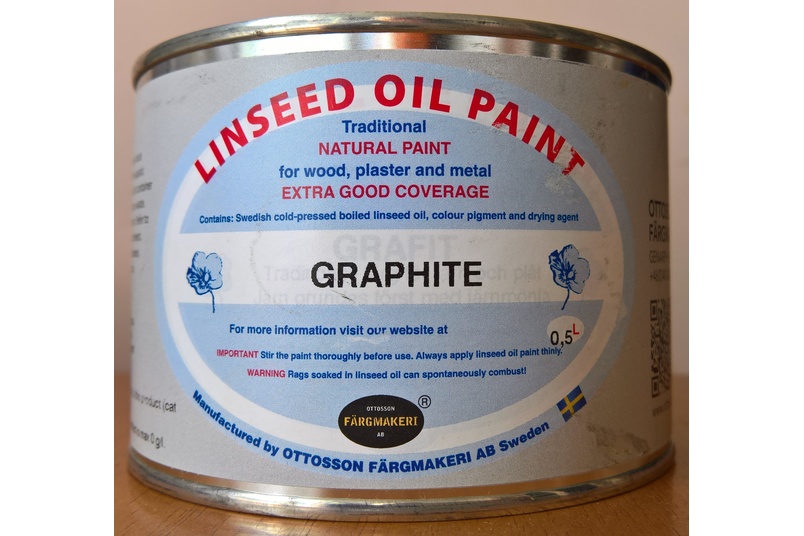
Ottosson Linseed Oil Paints by Ekopaints Selector
Linseed oil has been used for centuries as a medium in oil painting and can help to improve the flow and consistency of your paint. In this blog post, we'll explore the benefits of using linseed oil in your oil painting practice and provide step-by-step instructions on how to use it effectively.

Linseed Oil paintings
Brouns & Co paint is made in Yorkshire with linseed oil from the seeds of flax plants grown only a few miles from the company's headquarters near Leeds. Traditionally used in the linen industry, flax (Linum usitatissimum) has been grown in this area for hundreds of years. In the 18th century, there was a thriving linen industry here.

Linseed Oil oil on panel Neil Nelson Fine art painting oil, Still life art, Painting still
To get started making oil paint, you'll need: 1) Cold-pressed, raw, or unrefined linseed oil - Linseed oil tends to do much of the heavy lifting in many oil based paint formulations. The reason is that unlike most plant based oils, linseed oil is known as a drying oil.For example, if you were to spill some olive oil on your countertop, chances are it would still be wet to the touch many.

Camlin Supreme Quality Oil Paints Turpentine oil and Linseed oil 100 ml each Amazon.in Home
Linseed oil is used to manufacture linoleum, add a finish to wood projects, and as a hardener for putties. But this article will focus on linseed oil's uses in oil painting. Why is linseed oil used for oil painting? Oil painters mix linseed oil with paint to thin the texture and extend its drying time.
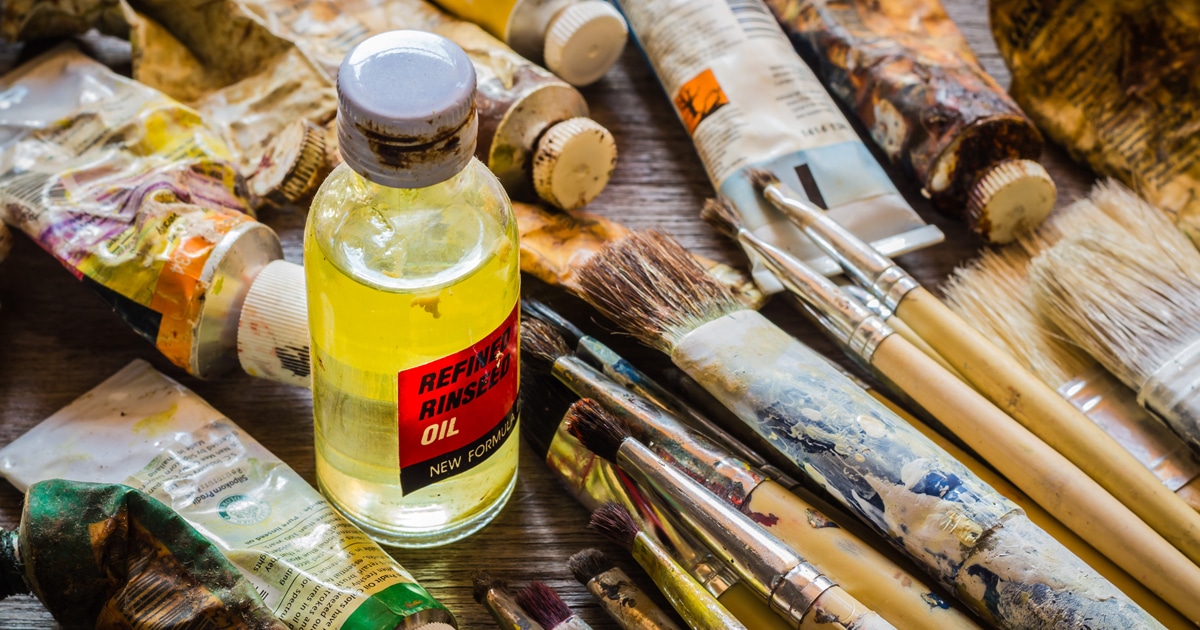
What is Linseed Oil? Learn About Uses in Oil Painting
What is Linseed Oil Paint? We consider a Linseed Oil Paint as any traditional paint that contains Linseed Oil as its main resin ie no acrylic, latex, polyurethane, alkyd and one that is low VOC. Linseed Oil is obtained from the dried, ripened seeds of the flax plant.
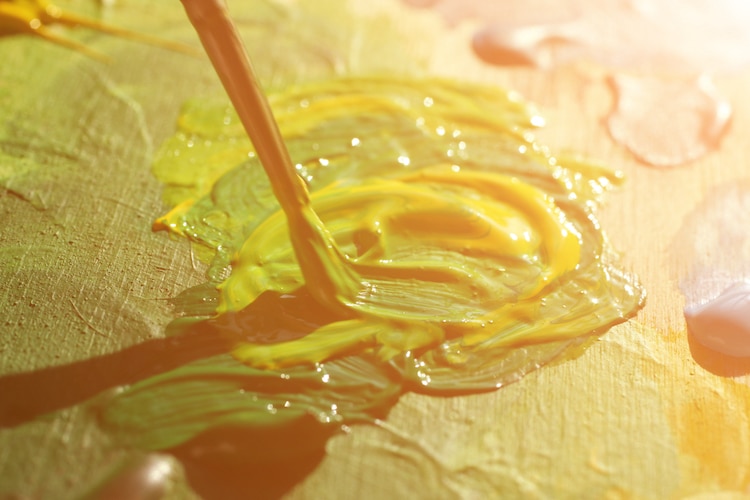
What is Linseed Oil? Learn About Uses in Oil Painting
Linseed oil will soak in much more readily to wood that has the top layer removed. Use an electric sander to sand your wood much faster. 2. Spread a thin line of boiled linseed oil onto the wood surface. Dip a paint brush into the linseed oil or spray it out from a squirt bottle directly onto your wood surface.
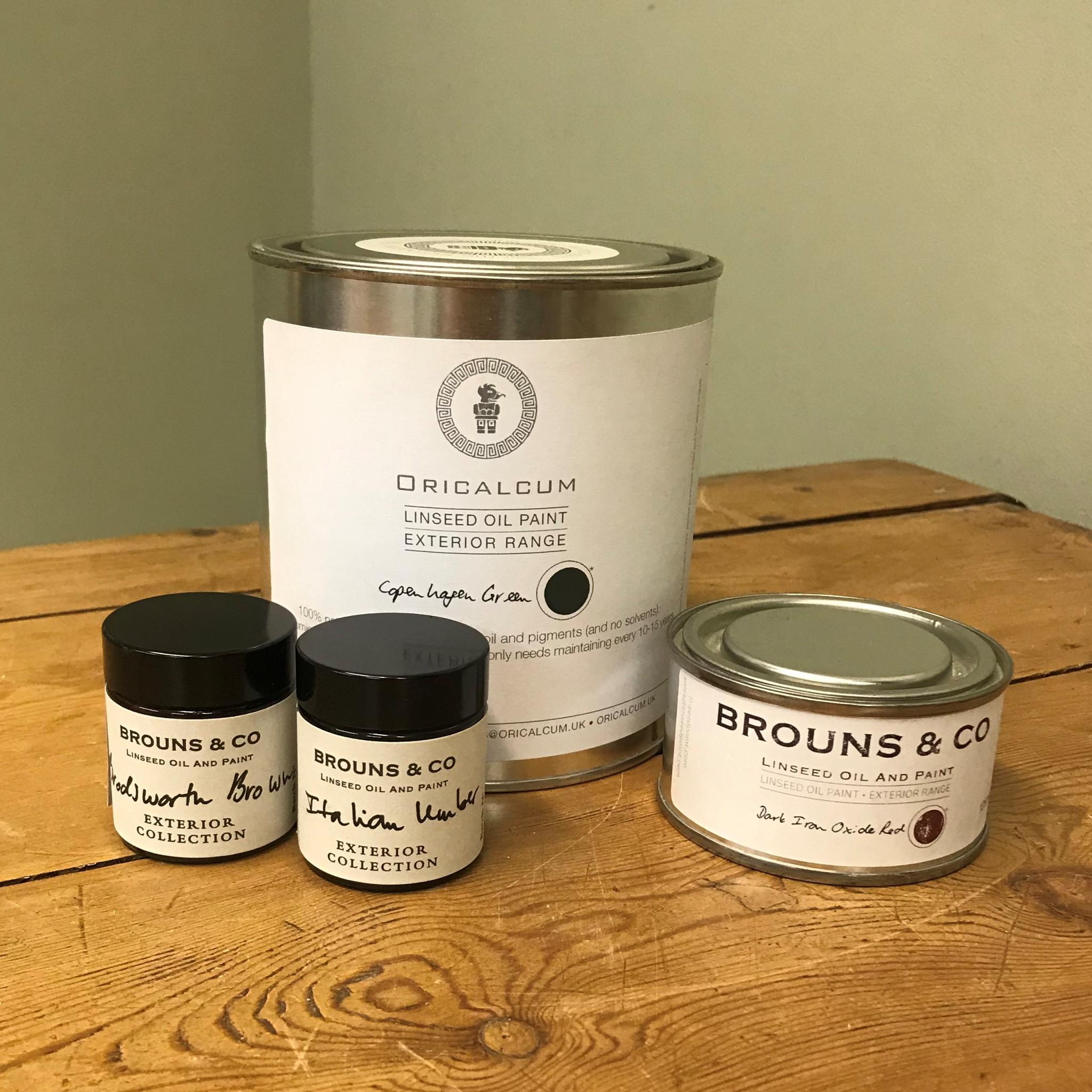
Linseed Oil Paint from Brouns & Co Lime Stuff
Linseed oil is a popular painting medium that helps to improve the flow of the paint, regulate the thickness, and lengthen its drying time. When used well, linseed oil can make oil painting a lot more enjoyable while enhancing the final look of your painting. So, how do you paint with linseed oil?
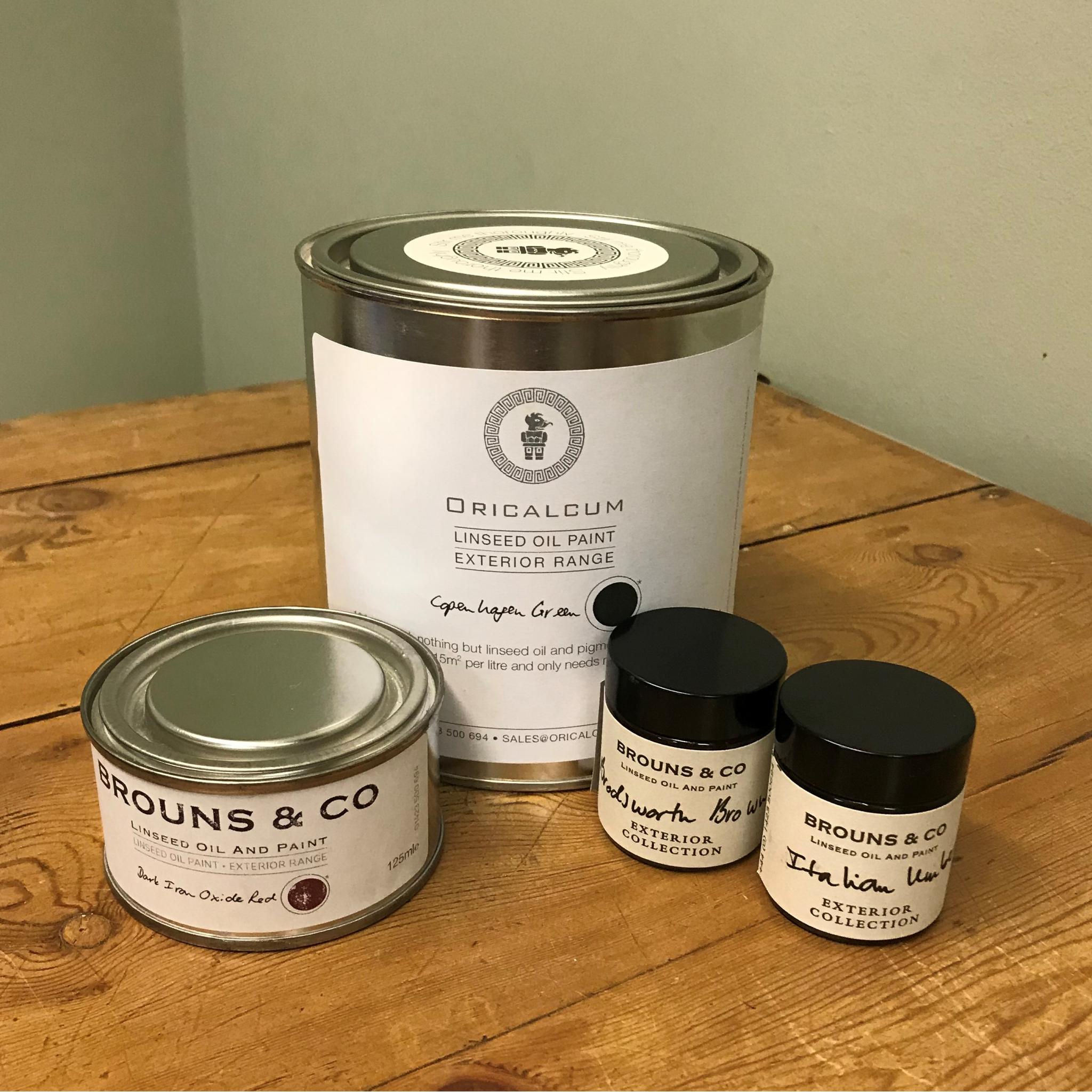
Linseed Oil Paint from Brouns & Co Lime Stuff
What is Linseed Oil Paint? Linseed Oil Paint is a traditional material still manufactured in Scandinavia. It is a solvent-free, paint created from flax oil and natural pigments that does not trap moisture that can lead to paint failure and extensive wood rot.
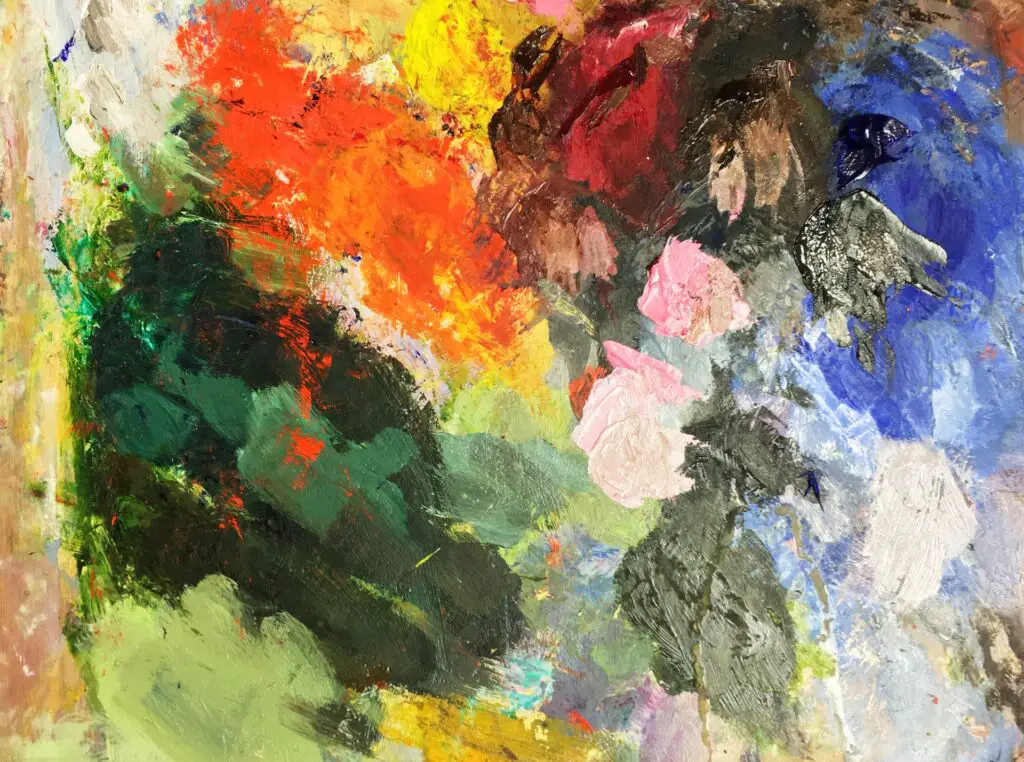
Linseed Oil for Oil Painting What It Does And How To Use It The Beginning Artist
December 30, 2021 Linseed oil is a slow-drying oil that prolongs the drying time of oil paints. This oil is beneficial for increasing the oil content, thinning your oil paints, and adding sheen to your oil paintings. However, it may cause hairline cracks on your oil paintings. So, would you use or not use linseed oil for your oil paintings?

How to Use Refined Linseed Oil in Oil Painting YouTube
U.S. WWII poster soliciting linseed oil for use in paint A can of French linseed oil. Linseed oil is the carrier used in oil paint. It can also be used as a painting medium, making oil paints more fluid, transparent and glossy. It is available in varieties such as cold-pressed, alkali-refined, sun-bleached, sun-thickened, and polymerised (stand.

Linseed Oil 2013, oil on canvas, 50x35 Linseed oil, Oil on canvas, Canvas
Wipe Off Excess Oil: Next, gently wipe off excess linseed oil from the brush bristles. Use a paper towel or a lint-free cloth. Use Solvent: Next, tip the brush in a container of odorless mineral spirits or paint thinner. Swirl the brush gently to loosen and dissolve the linseed oil from the bristles.
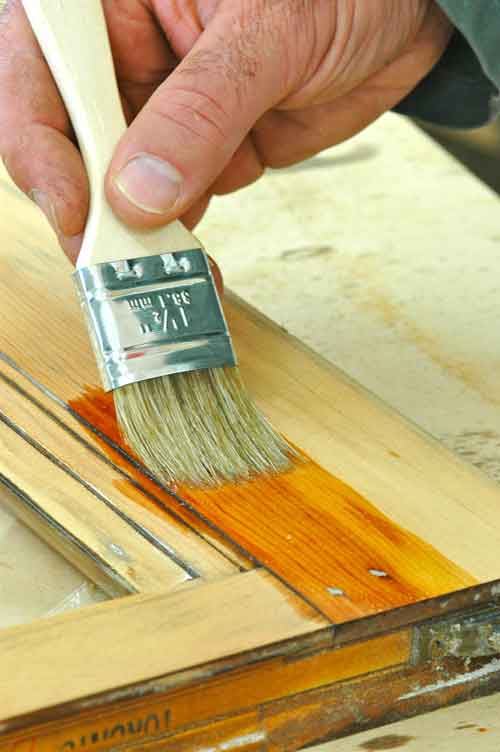
Allback Linseed Oil Paint
Traditional oil paint was made primarily of linseed oil (squeezed from the seeds of flax from which we get linen) with a bit of tree resin thrown in and boiled. This effectively made an oil varnish. When pigment was added it became paint.